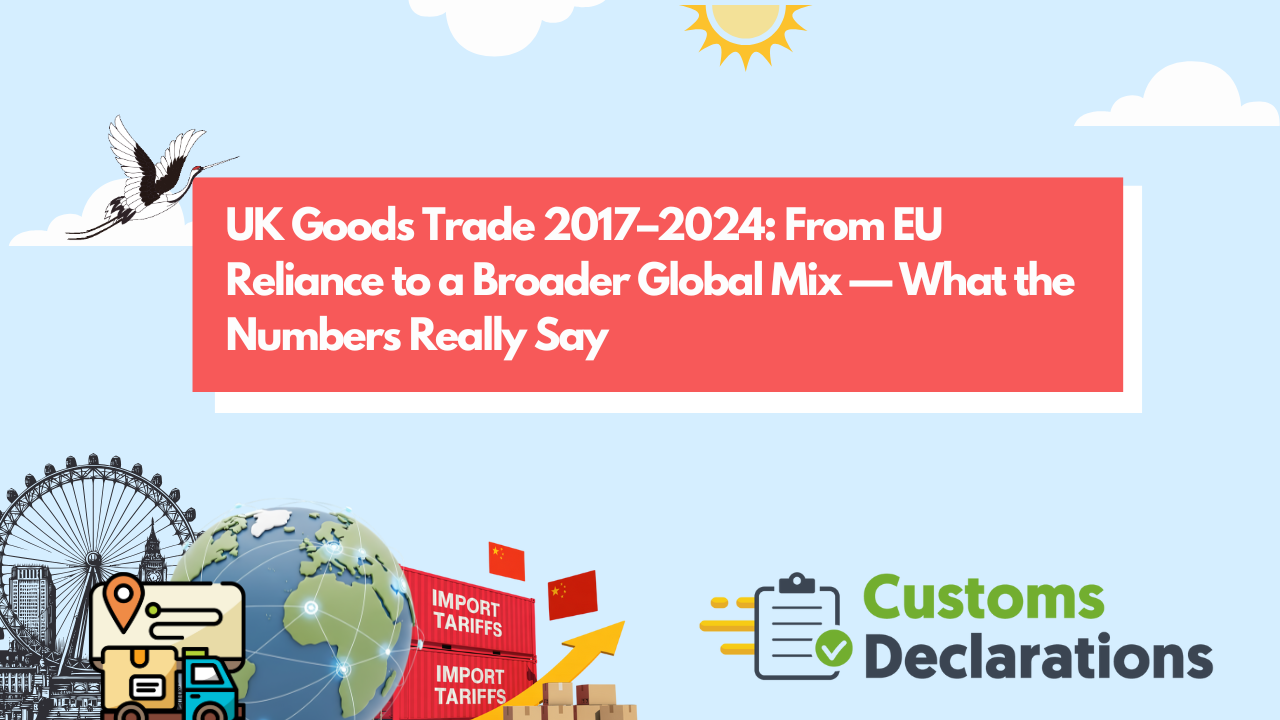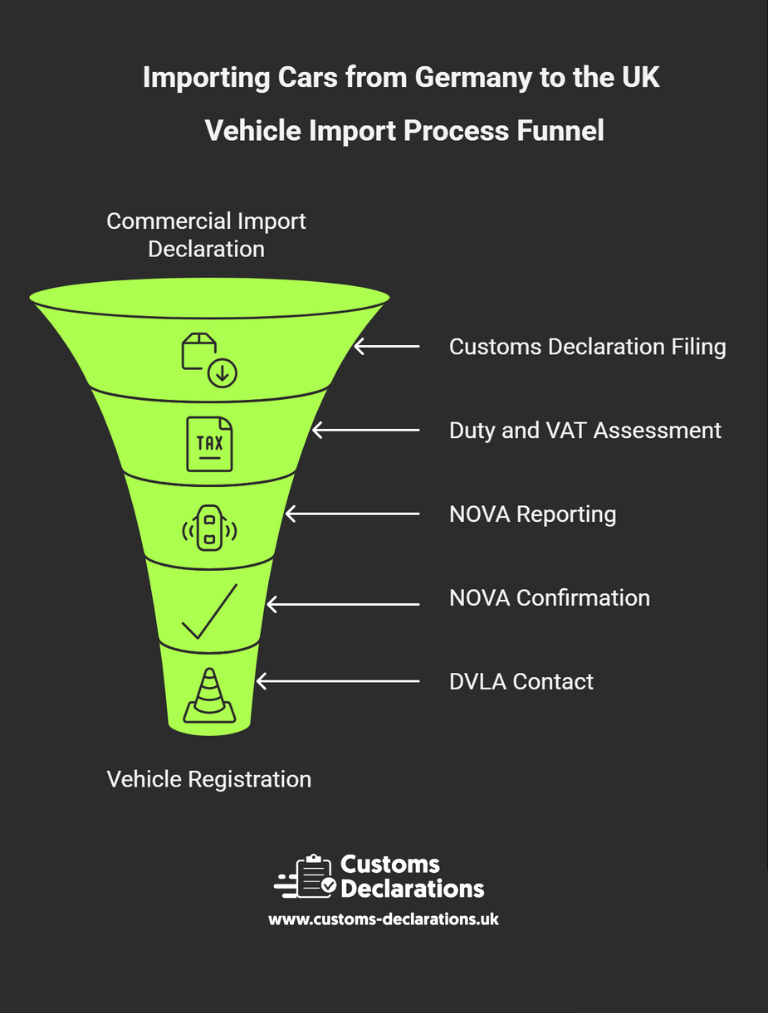For more than four decades the UK’s trade story was framed by the European Union. The 2016 referendum and the Trade and Cooperation Agreement (TCA) that took effect in January 2021 fundamentally changed the trading environment, while the pandemic and the 2022 global energy shock reshaped prices, supply chains and partner choices. Between 2017 and 2024, the data show a gradual rebalancing: the EU remains the UK’s largest single trading bloc, but the UK’s mix of partners and product exposures has diversified, particularly on the import side where fuels and energy security have played an outsized role.
The broad contours are clear. In 2017 the EU accounted for 44% of UK exports of goods and services and 53% of imports. By 2024 the EU share of UK exports had eased to 41%, and its share of imports hovered close to half. Goods trade specifically shows a similar pattern: in 2024 around 48% of UK goods exports went to the EU, with the remainder shipped to non-EU partners. Over 2021–2024, energy price spikes and the redirection of gas flows away from Russia toward Norway, the US and global LNG markets gave non-EU imports a pronounced impulse, even as EU goods trade stayed dominant in many manufactured categories.



